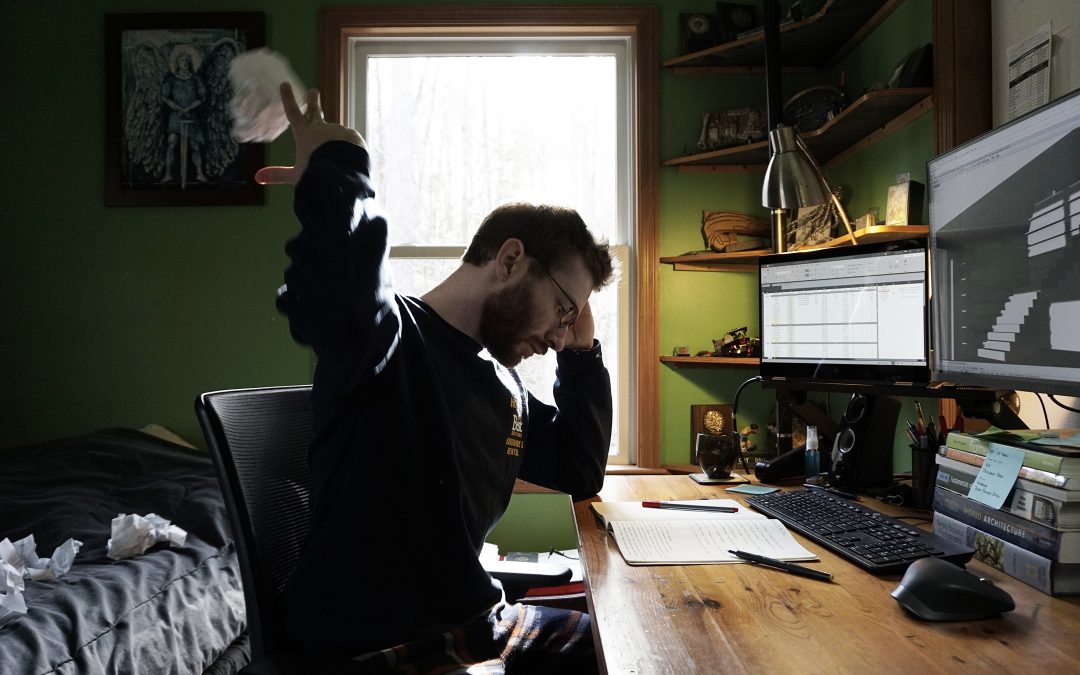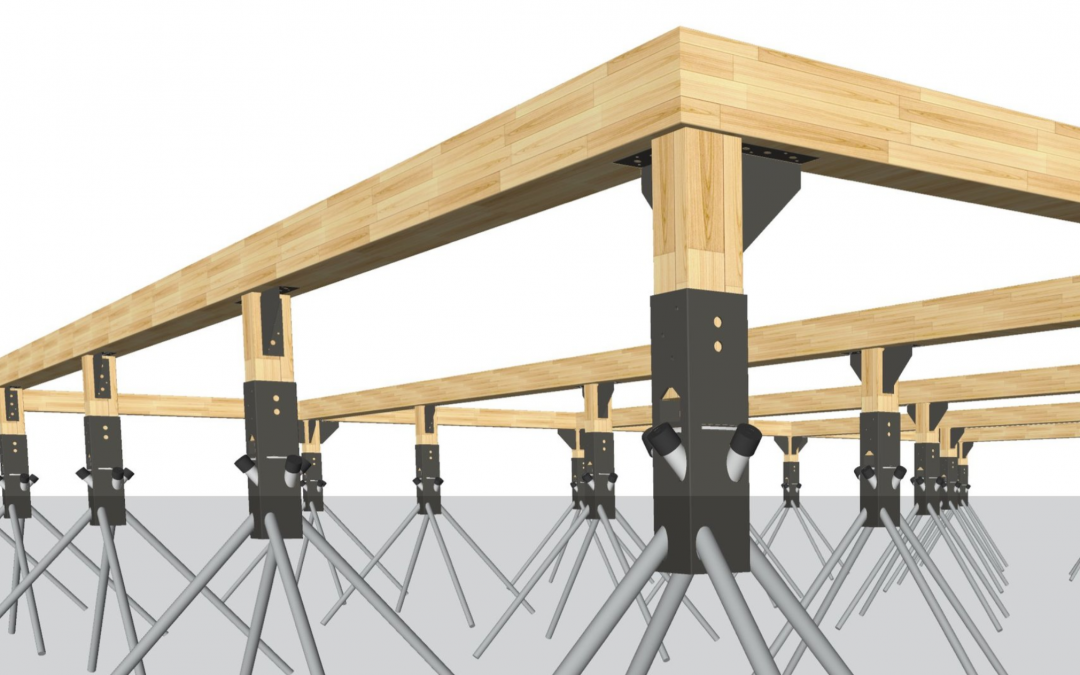
by William | Jan 27, 2021 | Small Footprint
Dear Readers,
The title of this blog makes me chuckle…our whole house is one large problem. And the reason we are trying to build it, is to solve environmental and social problems. We are facing a problem, so to conquer another problem. Problems, problems, problems. The funny thing about it, is that the more William and I say the word “problem” to one another, the less it sounds like an actual word, and more like something that is just there. And we need to have fun navigating it.
Ready? Try it with me: Problem. Problem. Problem. Problem. Problem. Problem. Problem. Problem.
And now that you have thoroughly realized that you have wasted your time repeating something that initially invokes large amounts of stress…and in reality, it is just a ‘problem,’ we take a deeeeeeeeepppppp breattthhhhh….
….and we move forward.
So! What are William and I’s problems? More specifically, what are the large problems we need to solve before we begin to build The Seed? Well, large problems that don’t include funding…that’s a whole other problem on its own. Problems. Ten of them, for now, to be exact.

by William | Apr 29, 2020 | Small Footprint
Dear Readers,
The purpose of this blog is to share some of my own understandings and primary research on pin foundations. The information is useful for a foundational knowledge of how to build a house.
What is the purpose of a foundation?
The three most important functions of a foundation are to be load bearing, act as an anchor, and isolate the home from ground moisture.
Load Bearing: Through the foundation, the weight of the home is transferred from the structure to the ground. The foundation must be able to bear ‘dead’ and ‘live’ loads. ‘Dead’ load is the constant weight of the home structure itself, it never changes. ‘Live’ load varies according to the amount of people, things, or snow in or on the house at any given time.
Anchor: A foundation should act as an anchor for the home against natural forces. A house bolted, or connected, to its foundation is less likely to be swept away by tornadoes or floods, or destroyed by earthquakes.
Isolate: The foundation should isolate the home from ground moisture. Wood, a common building element, rots faster when it is in direct contact with the earth. So, it is necessary to have a separation between the ground and the wood structure.
Why do William and I want to use a pin foundation?
One of the main reasons we wish to use a pin foundation is to lower our home’s environmental impact. Concrete, a typical building material for foundations, has a high output of CO2 and a high consumption of fossil fuels in its manufacturing, transportation, and construction. The laying of a concrete foundation is also a time consuming, physically demanding, and environmentally disruptive process. It can contribute to soil erosion and water pollution, to name a few of the concerns.
by William | Jan 29, 2020 | Small Footprint
A small footprint home? Dear Readers, A small footprint home, and therefore a more environmentally friendly home, is a result of being wholly prefabricated. With the home about entirely constructed off site, less ground disturbance is caused by heavy machinery and...


